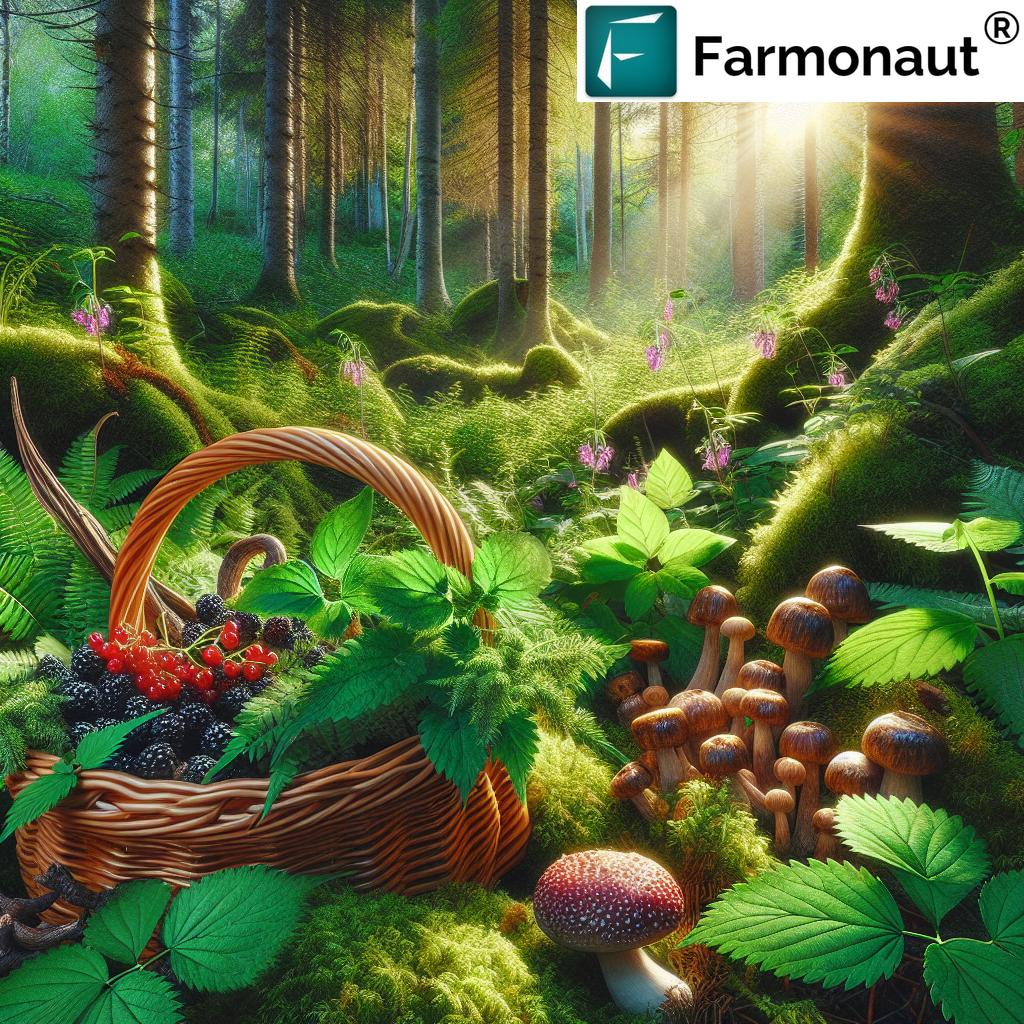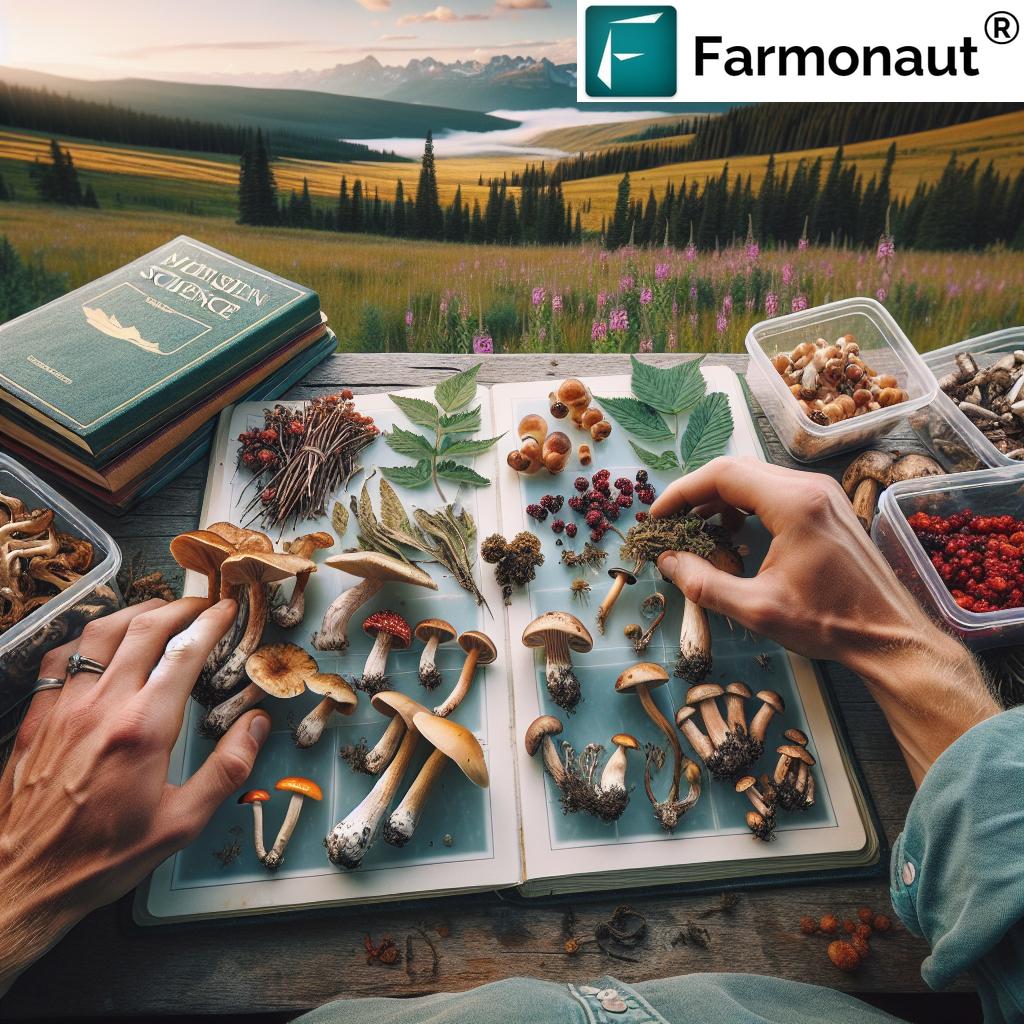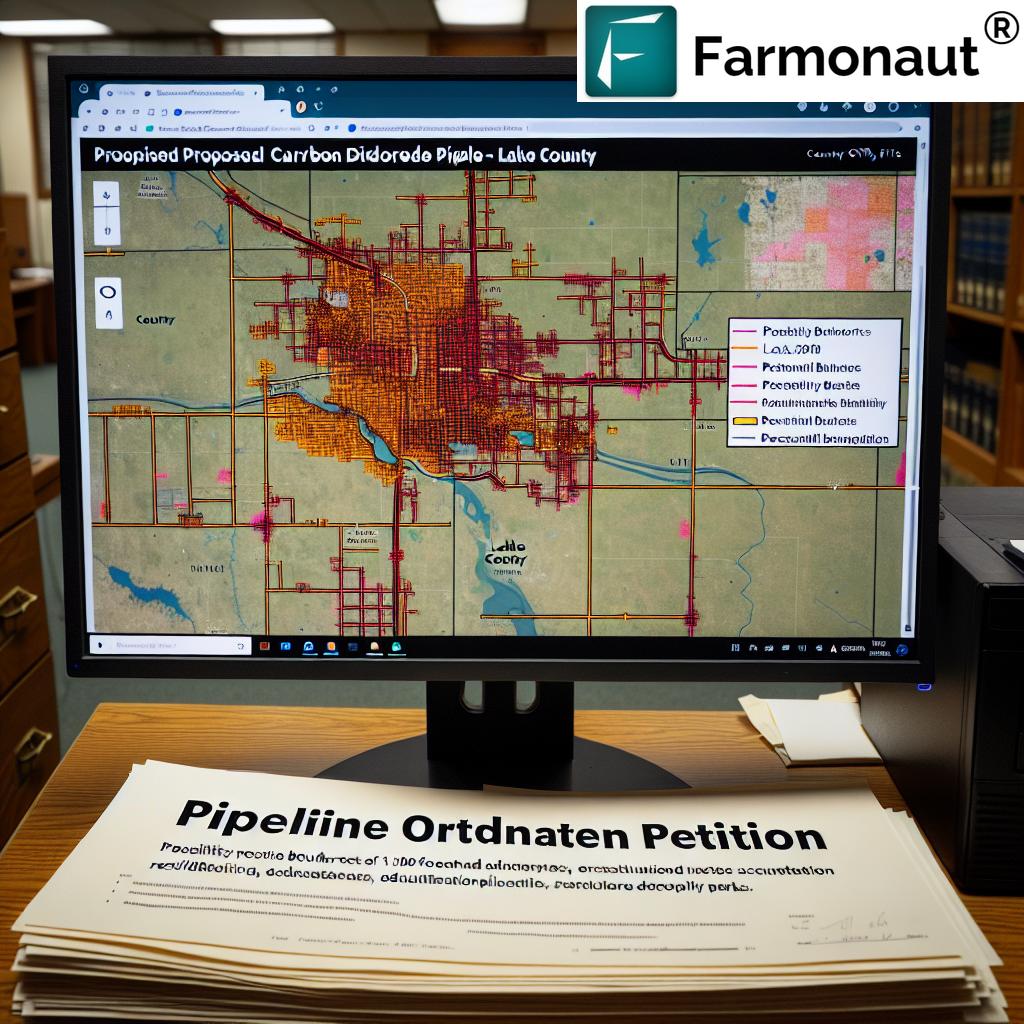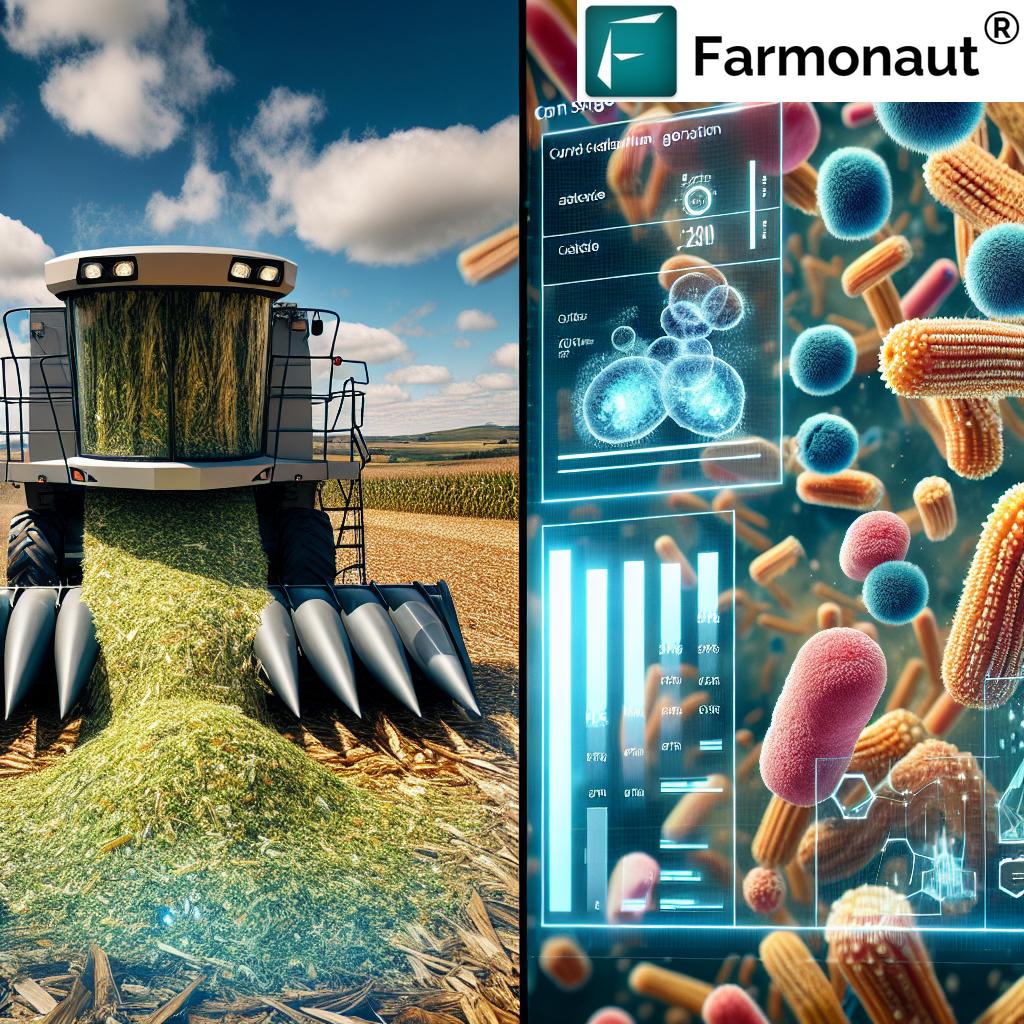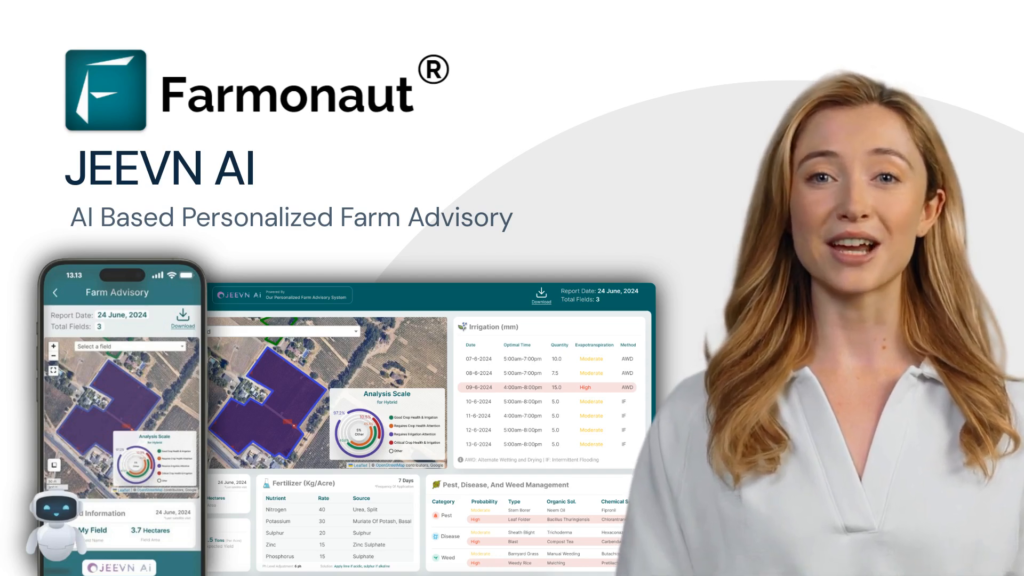Wild Foraging in Montana: 7 Powerful Health Benefits Revealed
“In Montana, over 200 edible wild plant species can be foraged, supporting both health and local biodiversity.”
As Montanans and outdoor enthusiasts, we’ve all enjoyed a good gathering—whether it’s Easter egg hunts or picking ripe huckleberries. But some of us, like Missoula’s own Cathryn Raan, have taken wild foraging in Montana to a transformative new level. This journey is about more than filling a basket; it’s about reconnecting with our landscape, revitalizing our health, and learning the essential foraging skills for sustainable living.
What is Wild Foraging? A Return to Nature
Wild foraging is the ancient practice of gathering foods—including edible plants, mushrooms, nuts, roots, and even wild game—directly from nature. Without relying on cultivated crops, we return to our roots, harnessing knowledge passed down through generations about what’s edible, what’s medicinal, and how to forage wild foods safely.
- Gathering wild foods safely taps into our innate gathering instincts.
- We develop new skills for identifying, picking, and preparing Montana’s bounty.
- Foraging broadens our understanding of local ecosystems and enhances our respect for sustainability.
In this comprehensive guide, we’ll explore foraging diet benefits, spotlight top edible plants in Missoula, and share practical steps to help you start your wild food journey.
Why Wild Foraging in Montana and Missoula is Extraordinary
Montana’s unique geography and diverse landscape make our state an absolute haven for wild foods. With our sweeping prairies, dense forests, and breathtaking mountain valleys, wild plants and mushrooms flourish throughout the seasons—offering plenty for those willing to learn the skills and tread lightly.
- Montana is home to over 200 species of edible wild plants—one of the highest in the United States.
- Missoula’s combination of river valleys and woodland terrain fosters both common and rare edible species.
- Our state’s foraging culture is deeply entwined with local heritage, outdoor recreation, and modern citizen science food studies.
- With the Wildbiome Project and passionate guides like Cathryn Raan, we’re at the forefront of the movement investigating the health impacts of wild diets.
Before we dive into the 7 powerful health benefits of foraging, let’s see what makes gathering wild foods in Montana so different—and so rewarding.
7 Powerful Health Benefits of a Foraging Diet
Embracing a foraging diet gives us more than just fresh, flavorful meals. Scientific studies, like those from the Wildbiome Project (launched in the United Kingdom and now featuring global participants including Montanans), are actively investigating how wild foods influence our well-being.
-
Increased Nutrient Density
- Wild foods in Montana—such as stinging nettle, dandelion greens, and huckleberries—are often richer in vitamins, minerals, and antioxidants than their cultivated counterparts.
- Research shows freshly gathered foods contain higher concentrations of phytonutrients, essential for immune support and cellular health.
- Many mushrooms foraged around Missoula, including morels and chanterelles, offer notable B-vitamins and immune-boosting beta-glucans.
-
Improved Gut Microbiome
- Eating a diversity of wild plants and fungi introduces new fibers and prebiotics, which support a richer gut ecosystem.
- The Wildbiome Project is actively analyzing blood, hair, and nail samples of participants to gauge the long-term impacts of wild diets on digestive health and microbiota diversity.
-
Lower Exposure to Pesticides & Additives
- Gathering our own food ensures we avoid commercial residues and unknown agrochemicals.
- We know exactly what we’re eating and where our fuel comes from—a key benefit for people with allergies or chemical sensitivities.
-
Greater Food Independence & Food Sovereignty
- Foraging empowers us to make food choices based on the landscape, the seasons, and our own skills, not market pressures.
- It’s a step toward food sovereignty—having sovereignty over what, when, and how we eat.
-
Connection to the Land & Seasonal Rhythms
- Regular foraging connects us physically and emotionally with our local environment—transforming the way we think about food.
- We become more conscious of ecosystem health, sustainable harvests, and our role in nature.
-
Increased Physical Activity & Mindfulness
- Hiking, bending, observing, and gathering strengthens our bodies and sharpens our senses.
- Tuning into the subtle cues of the woods and meadows instills greater mindfulness and a meditative awareness of our surroundings.
-
Enhanced Sustainability & Lower Food Miles
- Wild foods are the freshest you can get—picked by us, for us, in our own backyards. No need for trucks, packaging, or global supply chains.
- Reducing food miles reduces our personal carbon footprint, and advances a more sustainable food ecosystem in Montana.
Wild Edible Plants & Their Health Benefits
For those keen to begin, here’s a table highlighting popular wild edible plants and mushrooms you might encounter in or around Missoula. Discover their estimated foraging seasons, how to identify them, and the key nutrients they offer.
| Plant/Mushroom Name | Estimated Foraging Season | Quick Identification Tip | Key Nutrients | Main Health Benefit |
|---|---|---|---|---|
| Morel Mushrooms | April — June | Honeycomb cap, hollow stem | B-vitamins, antioxidants | Supports immunity & brain health |
| Serviceberries | July — August | Blueberry-like berry, small tree/bush | Vitamin C, protein, fiber | Antioxidant-rich, boosts heart health |
| Stinging Nettle | April — June | Serrated leaves, tiny stinging hairs | Iron, vitamin K, calcium | Fights inflammation, strengthens bones |
| Dandelion Greens | April — October | Toothed leaves, yellow flowers | Vitamins A, K, C, potassium | Aids digestion, detoxifies liver |
| Huckleberries | July — September | Dark purple, tart, low shrub | Vitamin C, manganese | Boosts vision, protects cells |
| Chanterelle Mushrooms | August — October | Golden color, flute-shaped | Vitamin D, fiber | Supports immunity, bone health |
| Yarrow | June — September | Feathery, fern-like leaves, white flowers | Flavonoids, essential oils | Anti-inflammatory, wound healing |
| Wild Mint | May — September | Square stems, fragrant leaves | Menthol, vitamin A | Calms digestion, relieves headaches |
Top Edible Plants and Mushrooms in Missoula’s Landscape
Learning to recognize and pick wild foods is the first skill every forager needs. Around Missoula, we’re lucky—our forests, riverbanks, and meadows are teeming with wild edibles, and many also have medicinal properties.
Spotlight: Edible Plants in Missoula
- Stinging Nettle—A springtime favorite. Wear gloves to harvest, and blanch the greens to neutralize the sting. Rich in iron, perfect in soups and sautés.
- Huckleberries—Found in late summer, especially at higher elevations around Missoula. Excellent in jams or eaten fresh for a tart vitamin C hit.
- Dandelion Greens—The ultimate “weed” with deep roots. Young leaves are best for salads; roots can be roasted as a caffeine-free coffee alternative.
- Morel Mushrooms—Missoula’s spring delicacy! Always positively ID using a mushroom foraging guide; cook thoroughly to enjoy their nutty, earthy flavor.
- Serviceberries—These native, blueberry-like berries thrive on open slopes and forest edges. Eaten fresh or dried for trail snacks.
- Chanterelle Mushrooms—Start looking from late summer into early fall in moist, mossy woods.
Tip: Always consult a mushroom foraging guide or join a local foraging walk to ensure accurate identification—some lookalikes can be toxic!
How to Forage Wild Foods: Skills and Safety for Beginners
- Start Small: Focus first on 3–5 easy-to-identify plants common around Missoula, such as dandelion, wild mint, and huckleberry.
- Field Guides: Carry an up-to-date, illustrated Montana plant guide. Use a plant identification app for extra confidence.
- Attend Foraging Workshops: Local businesses like Wild Wanders in Missoula often offer guided teaching walks. Learn directly from experienced wanderers.
- Know the Lookalikes: Some edible species have poisonous twins. If in doubt, consult multiple sources—or don’t eat it.
- Harvest Responsibly: Pick only abundant species, and take only what you’ll use. Leave roots intact, and never clear an area.
- Legal Awareness: Check Montana and Missoula regulations for wild harvesting—some areas prohibit gathering, others have limits.
- Process Carefully: Wash, cook, or blanch wild foods to remove dirt, bugs, or mild toxins. Some wild plants, like stinging nettle, require special handling.
- Record Your Finds: Citizen science apps are an excellent way to contribute to local plant data and hone your skills. Try keeping a foraging diary or using satellite-based monitoring for landscape changes.
Productivity Tools & Resource Management for Outdoor Gatherers
Sustainable foraging means respecting our landscape as much as our appetites. Today, we can leverage technology for better resource management and habitat monitoring:
- Farmonaut’s Satellite Imagery—Track vegetation health, soil moisture, and seasonal changes to predict the best foraging times. Try our API for advanced remote landscape scouting or explore the API Developer Docs for integration into your citizen science or educational projects.
- Resource Management—For organizations or large-scale wild harvesters, Farmonaut’s fleet and resource management tools help optimize vehicle and team deployment while reducing environmental impacts.
- Carbon Footprinting—Quantify your environmental impact from foraging and farming with real-time carbon footprint tracking. Reduce waste, lower emissions, and comply with sustainability best practices—all via the Farmonaut platform.
- Blockchain-Based Traceability—If you supply wild foraged products to restaurants or local businesses, ensure consumer trust with Farmonaut traceability—every batch with a transparent, tamperproof origin history.
Citizen Science Food Study: The Wildbiome Project
In recent years, foraging has surged in popularity thanks to citizen science food studies like the Wildbiome Project. Launched in the United Kingdom by Monica Wilde and now attracting participants from across the world—including right here in Montana—the project investigates the health impacts of wild diets through rigorous testing and analysis.
- Participants commit to foraging or hunting all their food for one to three months, submitting blood work, gut testing, hair and nail samples to track biological changes.
- The study examines everything from immune function to microbial diversity, aiming to prove what foragers feel: wild eating makes a different, positive impact.
- Montanans are uniquely placed to take part, given our abundant wild foods, from weeds to mushrooms to roots.
For those considering joining, follow local foragers like Cathryn Raan on social media, or check out community groups to stay updated on the study’s findings and upcoming trials.
“Foraging in Missoula can reduce your grocery bill by up to 30% while promoting sustainable eating habits.”
Linking Foraging and Technology: Farmonaut’s Vision for Sustainable Farming
While wild foraging roots us deeply in Montana’s landscape and traditions, we also thrive by integrating modern tools and data-driven insights. Farmonaut is pioneering affordable, intelligent farm management solutions using satellite technology, artificial intelligence, and blockchain—empowering everyone from small farmers to citizen scientists.
- Real-Time Crop Health Monitoring: With Farmonaut’s app, anyone can remotely assess vegetation vitality, soil moisture, pest impact, and more.
- AI Advisory and Weather Notifications: Advanced AI provides targeted advice, from farming to wild land management.
- Traceable, Transparent Food Chains: Using blockchain-based traceability, farm-to-table operations remain fraud-resistant and environmentally responsible.
- Resource Optimization for Agribusiness: Fleet managers and cooperatives benefit from fleet management tools that reduce costs and emissions.
- Plantation and Forest Advisory: Monitor and manage large-scale wildcrafting, conservation, or agroforestry projects with advisory tools tailored for plantation, crop, and forest health.
By combining age-old foraging traditions with the latest innovations in precision agriculture, we maximize the benefits for our health, our families, and Montana’s future.
FAQ: Wild Foraging in Montana
Is wild foraging in Missoula legal?
It depends on the land. Most state and federal lands allow responsible, non-commercial foraging of certain plants and mushrooms. Private lands require permission. Always check local rules.
How do I avoid poisonous lookalikes?
Use trustworthy field guides, cross-reference multiple sources, and when in doubt—don’t eat it. Join organized foraging walks to build confidence.
Can children learn wild foraging skills?
Absolutely. Foraging is a family-friendly activity in Montana. Begin with easy-to-ID plants like huckleberries or dandelions, supervised by an adult.
What equipment do I need?
Start with a basket, gloves, a pocket knife, and guidebooks. Bring a GPS-enabled phone with a plant ID or satellite-based scouting app.
Which month is best for foraging in Montana?
There’s something to gather every month, but spring (April–June) and late summer (July–September) are peak seasons for greens, mushrooms, and berries.
Are wild weeds from Montana healthy?
Yes! Many so-called weeds—like dandelion and lamb’s quarters—are nutrient-rich and have valuable medicinal properties.
Subscribe to Farmonaut Services
Unlock the power of precision agriculture, sustainable resource management, and AI-driven insights for your wild harvesting or farming endeavors in Montana. Choose a flexible subscription plan below to get started:
Conclusion: Reconnect with Montana’s Wild Bounty
Wild foraging in Montana is more than a trend—it’s a journey back to our roots, an act of personal and planetary health, and a source of empowerment in everyday life. By mastering foraging skills for beginners, exploring medicinal wild plants, and making food choices in sync with the seasons and the land, we nourish ourselves and safeguard biodiversity for generations.
From the vibrant trails of Missoula to the sweeping valleys and forests of our state, wild foods offer incredible flavors, nutrients, and powerful health impacts backed by emerging science. By weaving together tradition, careful observation, and state-of-the-art technology—like Farmonaut’s satellite-based management tools—we shape a more sustainable, resilient, and delicious future for Montana.
Whether you’re learning to pick your first huckleberry, tracking soil health with a satellite, or teaching your family how to identify stinging nettle, your journey begins now.
Are you ready to reclaim your place in Montana’s landscape and savor the wild?


